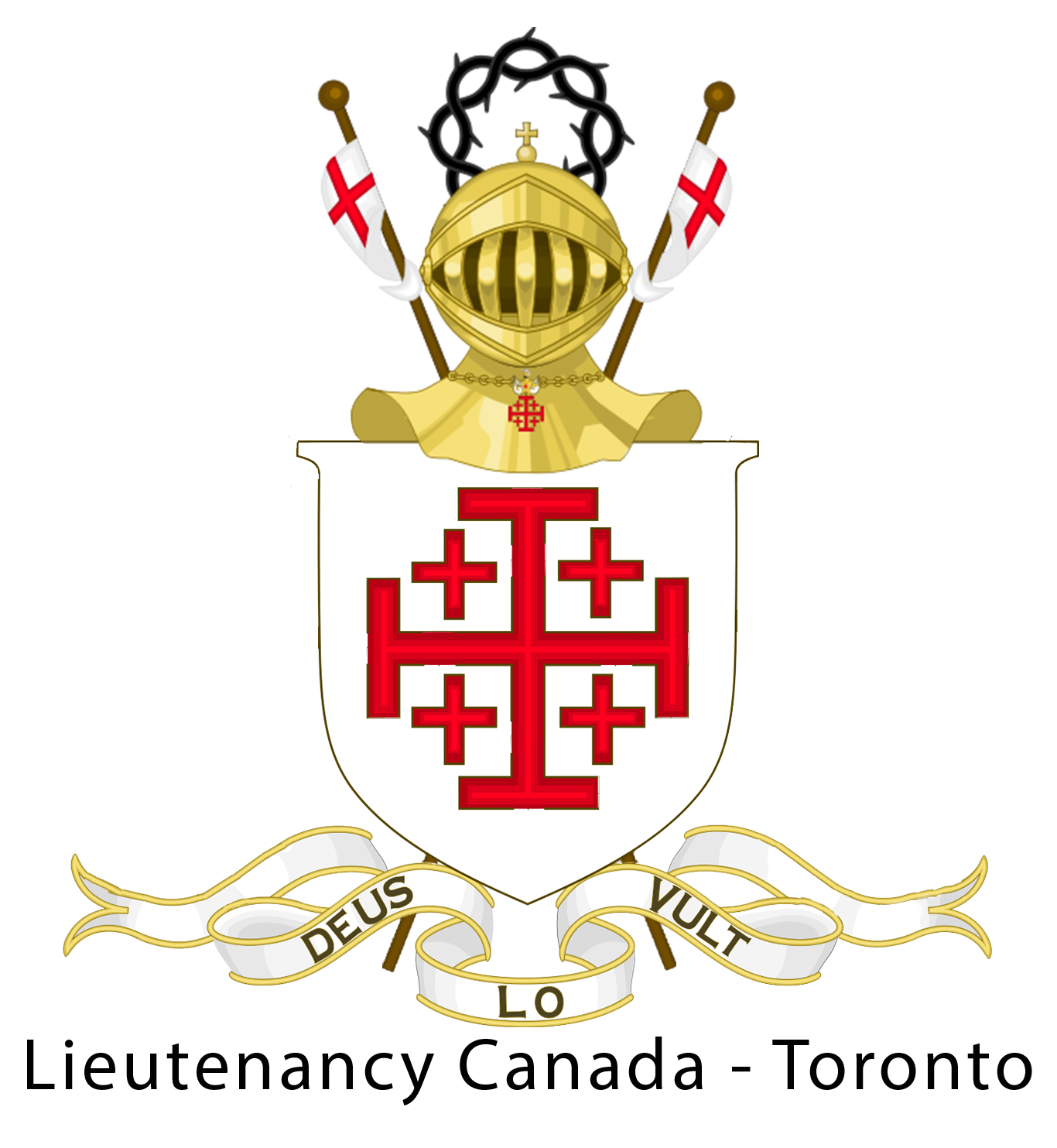The Memorial of Saint Helena
On August 18, the Order celebrates one of its patrons, St. Helena, but do the Knights and Dames know where the relics of the mother of Emperor Constantine are, to whom we owe the conversion of the Roman Empire to Christianity and the construction of the Basilica of the Holy Sepulchre?
Born into a family of modest means, in Asia Minor, towards 248, Helena was working at an inn. A tribune, a native of Illyria, named Constantius, was attracted by the quality of the girl and married her. Helen accompanied her husband at all stages of his military career, to Germany, to England ... The young Constantine was born from their union.
In 293, Constantius became Caesar in Gaul, Britain and Spain. He was then forced, by Roman law and the custom in use at the time to repudiate Helena and marry Princess Theodora. Constantine was brought by his mother up in the court of Nicomedia, partly guest, partly hostage, but later joined his father in Britain and helped him in his military campaigns. When his father died, in 306, his troops brought him to power. In 312 his rival, Maxentius, was proclaimed emperor of Rome. Constantine took to the road of the eternal city, and was victorious in Ponte Milvio, attributing it to a vision that he had long ago: a cross in the sky with the words: “By this sign you will conquer”. Constantine favored the spread of the Christian faith with the promulgation of the Edict of Milan which put an end to the persecution of Christians.
In 317, Constantine appointed Helena “Augusta”, mother Empress. Helena decided to go on pilgrimages to holy places. On arriving in Jerusalem, she destroyed the Temple of Venus that Hadrian had built on Calvary. During the excavation, many crosses were discovered one of which was identified miraculously as the Cross of the Saviour. The emperor’s mother laid the first stones of the basilicas wanted by Constantine: the Church of Calvary and the Holy Sepulchre, the Church of the Ascension on the Mount of Olives, the Church of the Grotto of Bethlehem.
Helena died in Constantinople, next to her son. Her body was brought to Rome. Constantine decided to transform her residence into a church, the Basilica of Santa Croce in Jerusalem. In 840 or so, a monk named Theutgise, stole a part of the saint’s remains and brought them to the Benedictine Abbey of Hautvillers, where they were placed in a reliquary behind the altar. Granted the prayers of the Archbishop of Reims, the Pope approved their transfer. Rich in numerous relics, the Abbey has honored St. Helena down through the centuries.
On the anniversary of her death, August 18, and on the feast of the Holy Cross, a solemn office of the saint is celebrated, followed by a procession where, with great fervor, many pilgrims implore the intercession of St. Helena to receive healing. During the French Revolution, Dom Jean- Baptiste Grossard saved the relics of St. Helena, which in 1820 were placed at the Saint-Leu-Saint-Gilles church in Paris, the Chapter Church of the Order of the Holy Sepulchre in France. They are today an object of ecumenical worship for Catholic and Orthodox faithful who come on pilgrimage to invoke she who so loved the Holy Land.

